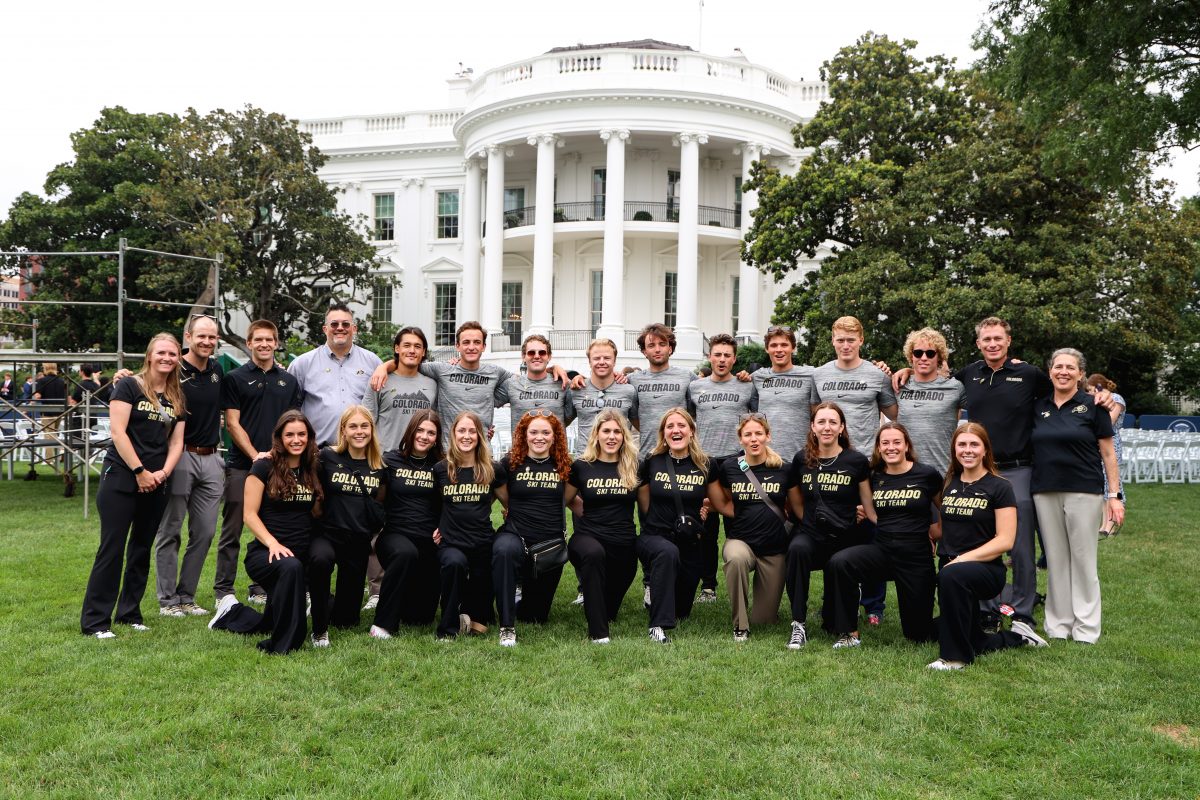Finn Marsland retired from the World Cup Circuit in 1999 to take up the role of National Coach/Program Director for the Australian Cross —Country Ski Team with the team at a critical crossroad. Although a fine racer himself (a 54th placing in the Vasaloppet to his credit) I started off by asking how difficult it was being on the sidelines coaching to being an athlete.
 it would have been too easy for the next group of developing skiers to reach the top in Australia without having to work for it. I think the long-term success of Australian cross country skiing will rely on a strong domestic competition scene.</p>
<p><i>Like in a lot of countries and their elite nordic skiing programs, there have been cutbacks to the Australian program. The Australian XC program lost the support of Australian Institute of Winter Sport. However do you think there has been at least one advantage in that the cross-country ski community has been forced to develop its own program?</i></p>
<p>Prior to the Australian Ski Institute (predecessor to the Australian Institute of Winter Sport) the national program was run by the “cross-country skiing communityâ€, if that means the national cross country committee (SAXC). The problem when the ASI took over was that it became unclear which body was responsible for development — the ASI or SAXC. ASI had all the resources and dabbled a bit in development initially, but in the last year of the ASI (97-98) the focus was entirely on the top three athletes (of which I was one). It was very disheartening for the rest of the Australian skiers. That was the only year since 1986 that Australia had no team at the World Junior Championships, and by the end of 1999 when SAXC got the national program up and running again, many talented skiers had already been lost.</p>
<p>So, yes, I think it is advantageous that SAXC has taken responsibility for the entire national program again. While a focus only on elite may achieve results in the short term, without a continuous stream of skiers coming through we will have to start all over again in 5-10 years time. So now we are trying to look after both elite and development. The only problem is that we are still significantly short of financial resources. Many international teams would have a wax budget bigger than our total program budget. Okay that’s pure speculation, but it would be interesting to find out.</p>
<p><i>What are the team goals for the next year?</i></p>
<p>Keep the momentum going (hmm, sounds like the title of a book) and build on the positive attitude and results from last year. We have 6 skiers qualified for the World Championship now, and I’d like that to be 8-10 by next February. At the World Championships the goal is to get results in the top half of the field, and if we managed to get one top 30 result as well that would be a fantastic achievement. On World Cup I think we have a chance to take some World Cup points (top 30) in the sprint if everything falls into place on the right day. In distance events it will be enough to achieve results in the top 75% of the field. Our first step there is to give our skiers more World Cup experience — distance World Cup is so competitive right now. At World Junior Championships I think Ben Sim has a chance to get a top 10 result if he is in form — his 34th place in the 10km (ahead of all the North Americans) this year was solid but I don’t think he was in peak shape. We will also try to get some more podium, top 10, sprint final results in other events including Continental Cup, nation cup events (such as Swiss, Swedish, and Austrian Cup), Worldloppet, and other FIS international events.</p>
<p><i>Thanks for your time Finn and good luck.</i></p>
</div></div><!-- /btArticleContentInnerInner --><section class=)



